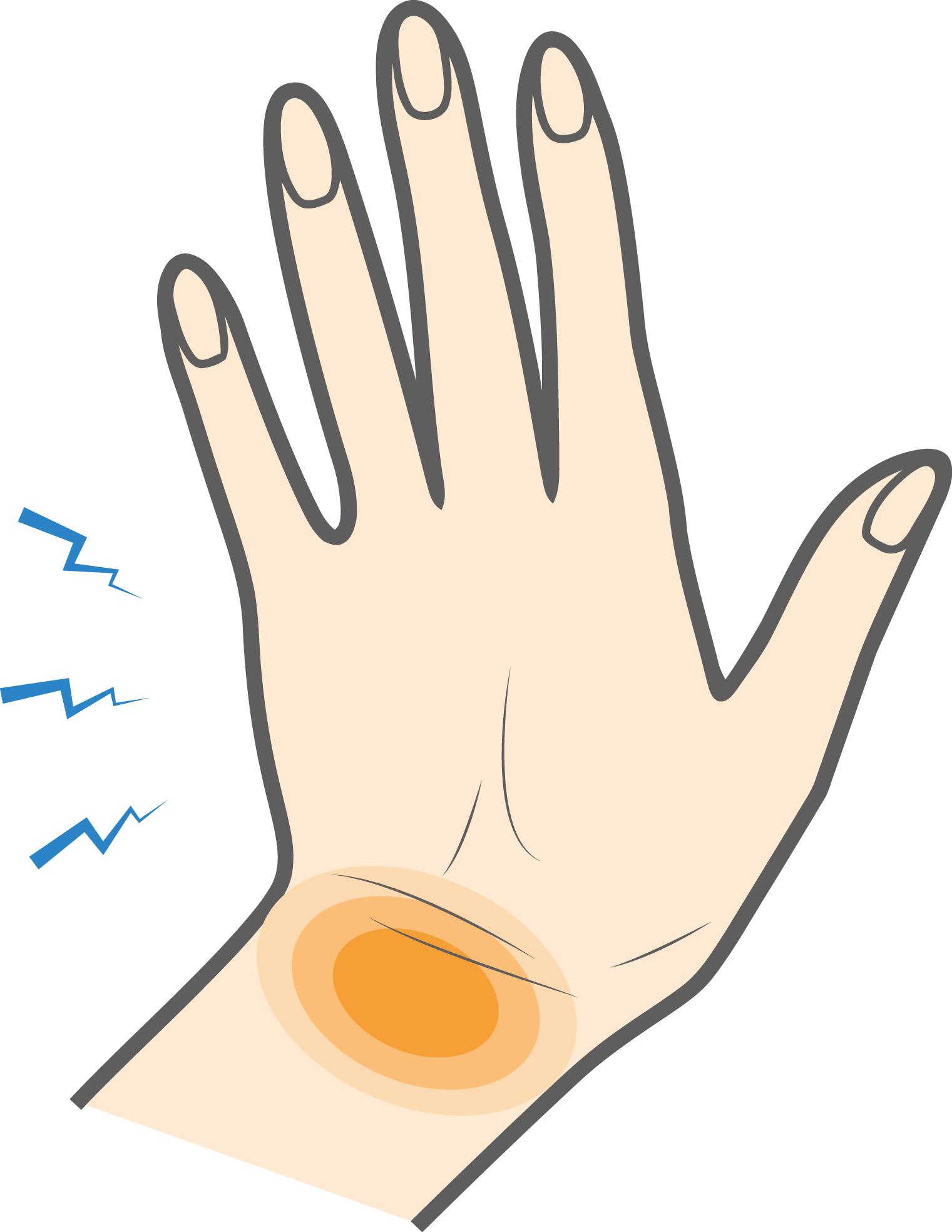Wrist tenosynovitis refers to a broad group of conditions affecting the wrist tendons. Tendons are strong, fibrous tissues that connect muscle to bone. They normally glide through a sheath. When the tendons become inflamed and swollen, they can’t easily move through the sheath, causing irritation and wrist pain.
Many tendons connect the forearm to the bones of the wrist. Intersection syndrome, sometimes called oarsman’s wrist, is a type of wrist tendon inflammation that happens when the wrist tendons become inflamed due to rubbing against each other. The inflammation, often categorized under tendon sheath inflammation, can occur on either side of the wrist. The condition is common among rowers and other athletes due to the repetitive stress they place on their wrists. Wrist tenosynovitis can cause debilitating pain and limit athletic performance.


